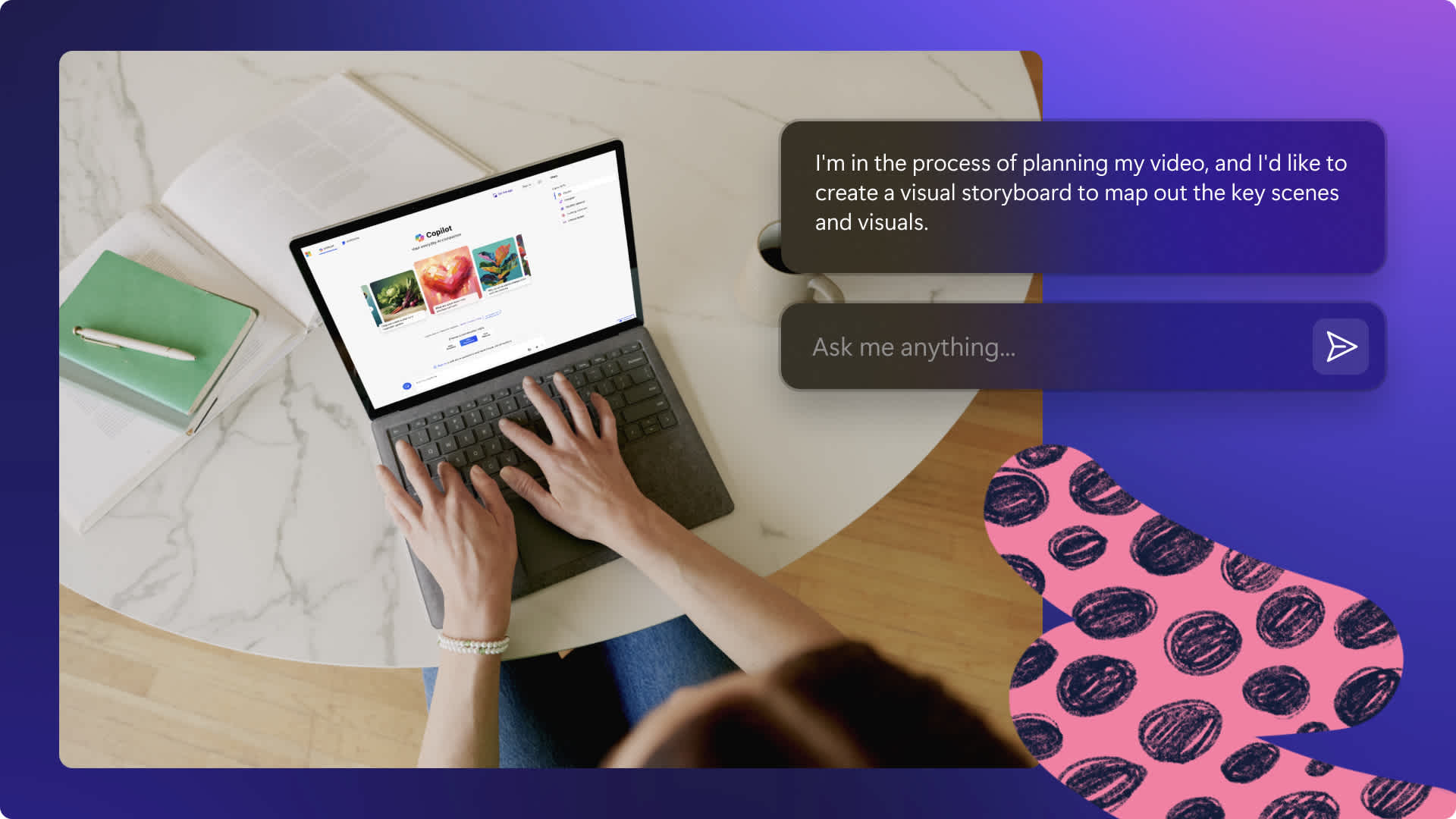Heads up! This content is relevant for Clipchamp for personal accounts. Try this link If you're looking for information about Clipchamp for work accounts.
On this page
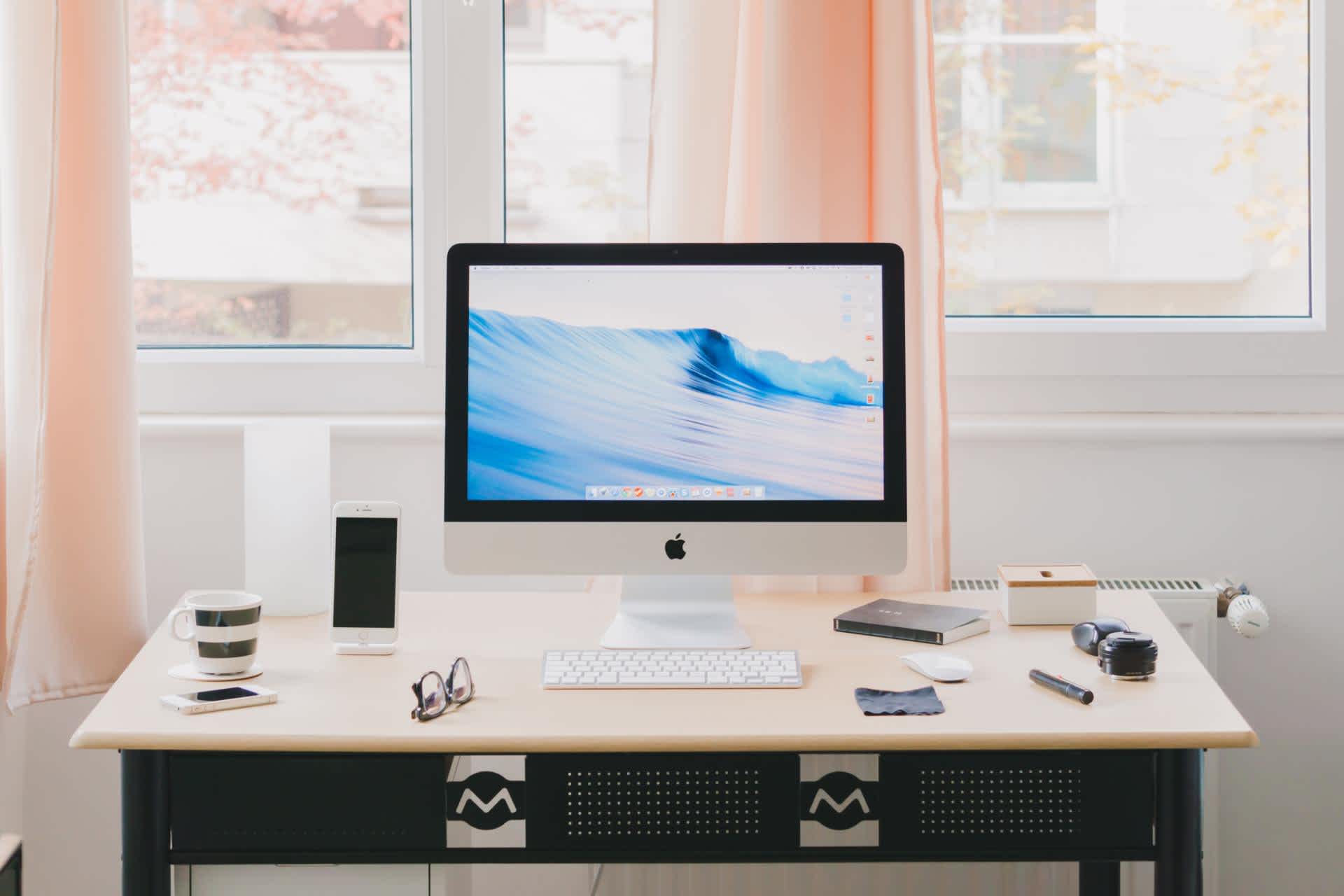
Kitchens, dining rooms and patios have quickly become our everyday office spaces with the rising trend of working from home. This setup has many benefits including reduced commutes, endless cuddles with pets and unlimited snacks but how do workers (especially workers who create video) remain productive and create quality content in such a personal environment? In this blog post we’re sharing our tricks on how to work from home effectively and how to create an effective home filming setup.
What is working from home all about?
Quick tips for working at home
How to create a professional home filming setup
What is working from home all about?
The term “working from home” is pretty self explanatory. Your office chair is now your couch, your commute is the length of a hallway and your kitchen offers endless lunch break possibilities.
Working from home is a reality for many small business owners, remote workers and everyday employees during health crises. One thing these workers all share is the challenge of figuring out how to stay on task in a home work environment and produce the same quality content as you would in an office or studio.
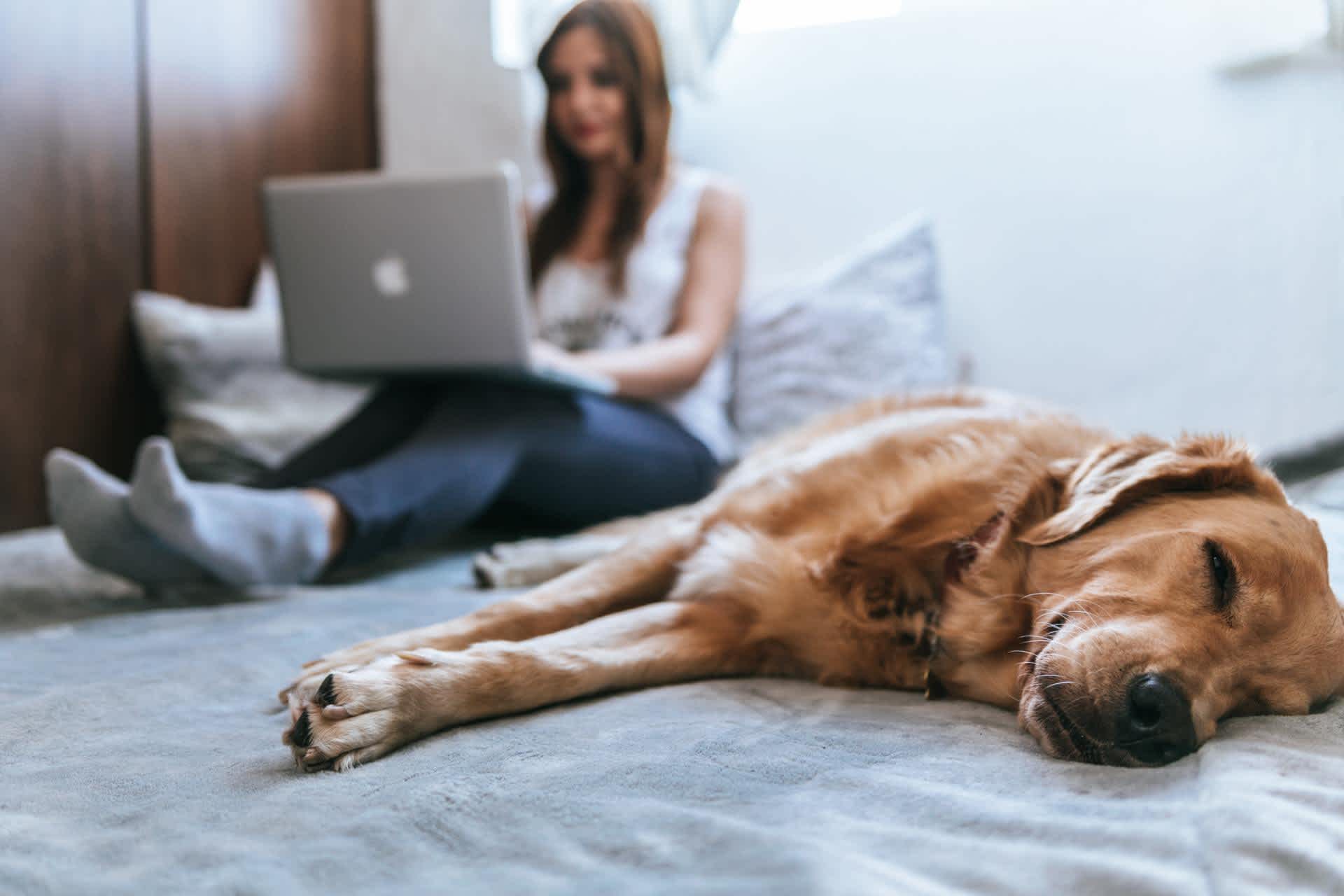
Quick tips for working at home
Working from home may have its perks, but it certainly takes smart strategies and good work ethic to pull off a successful workday. We’ve compiled our favourite tips and tricks to keep motivated and productive when working from home.
Keep consistent work hours the exact same as when you are in the office. Make a schedule or daily routines, stick to them, and inform your colleagues when you're available. Take your normal work lunch break. This will help create clear guidelines and maintain a healthy work-life to home-life balance!
Set up a permanent work space within your house. Having a designated desk, quiet room or home office will help you commit to working everyday. Arrange your workspace so it's set up properly according to ergonomic best practices, and always remember to get up and move around at least once an hour. Do not work from your bed. Establish the difference between leisure and work spaces.
Create a to-do list and update it every morning. As you’re not in the office, you do not have multiple different eyes watching your every move and how productive you are that day. It can become a challenge to keep on task, lose priorities and deadlines. It’s very tempting to start watching TV or talking to a room-mate. You may consider using free task software to help you fight those temptations. Set goals, time limits and tick off a checklist everyday.
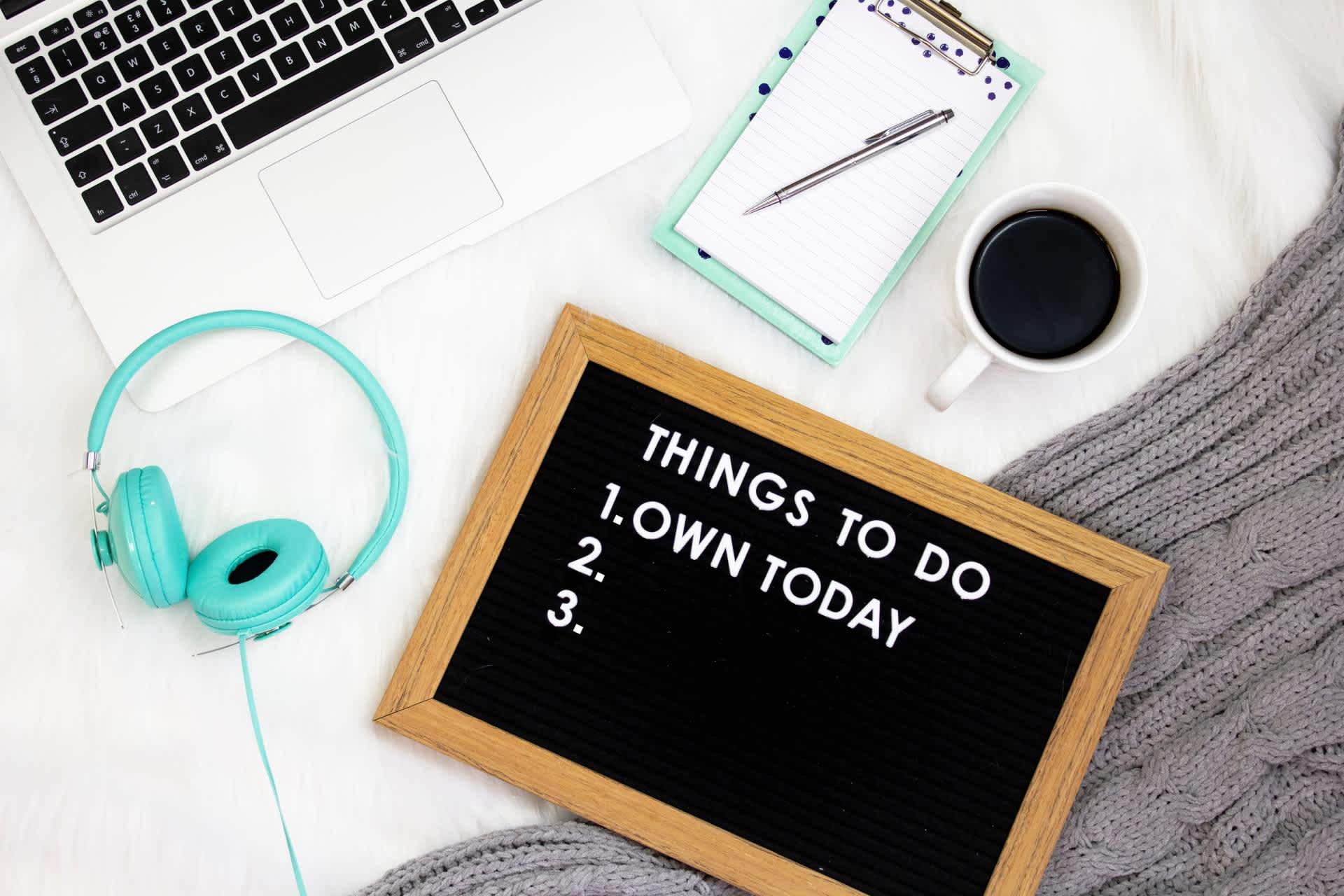
How to create a professional home studio setup
If you create videos as part of your job, your home studio setup may not be equipped with all of the mod-cons and equipment that your office or studio has. Don’t stress! We’ve figured out some DIY solutions to film professional looking videos at home.
Camera
The first choice would always be to bring home your work camera, although some employees do not have this luxury. As an alternative, you can use your smartphone! Just make sure you use the back camera for the best quality footage. Anything from an iPhone 6 (and similar Samsung models) to newer models will have a great quality camera for video usage.
Top tips for using a smartphone for recording video
Use a handheld or hands free tripod to enhance stability of your clip. If you do not have a tripod, simply prop up your phone on a bookshelf or any tall, flat surface.
Hold your phone in a landscape orientation.
Try and place the phone camera slightly above eye level.
Add the screen grid option before filming.
Transfer files onto a portable hard drive or laptop as soon as you’re finished filming. Video footage will take up a lot of storage space on your phone. If files are still too large for computer storage, use Clipchamp's Compressor to decrease file sizes without losing visible quality.
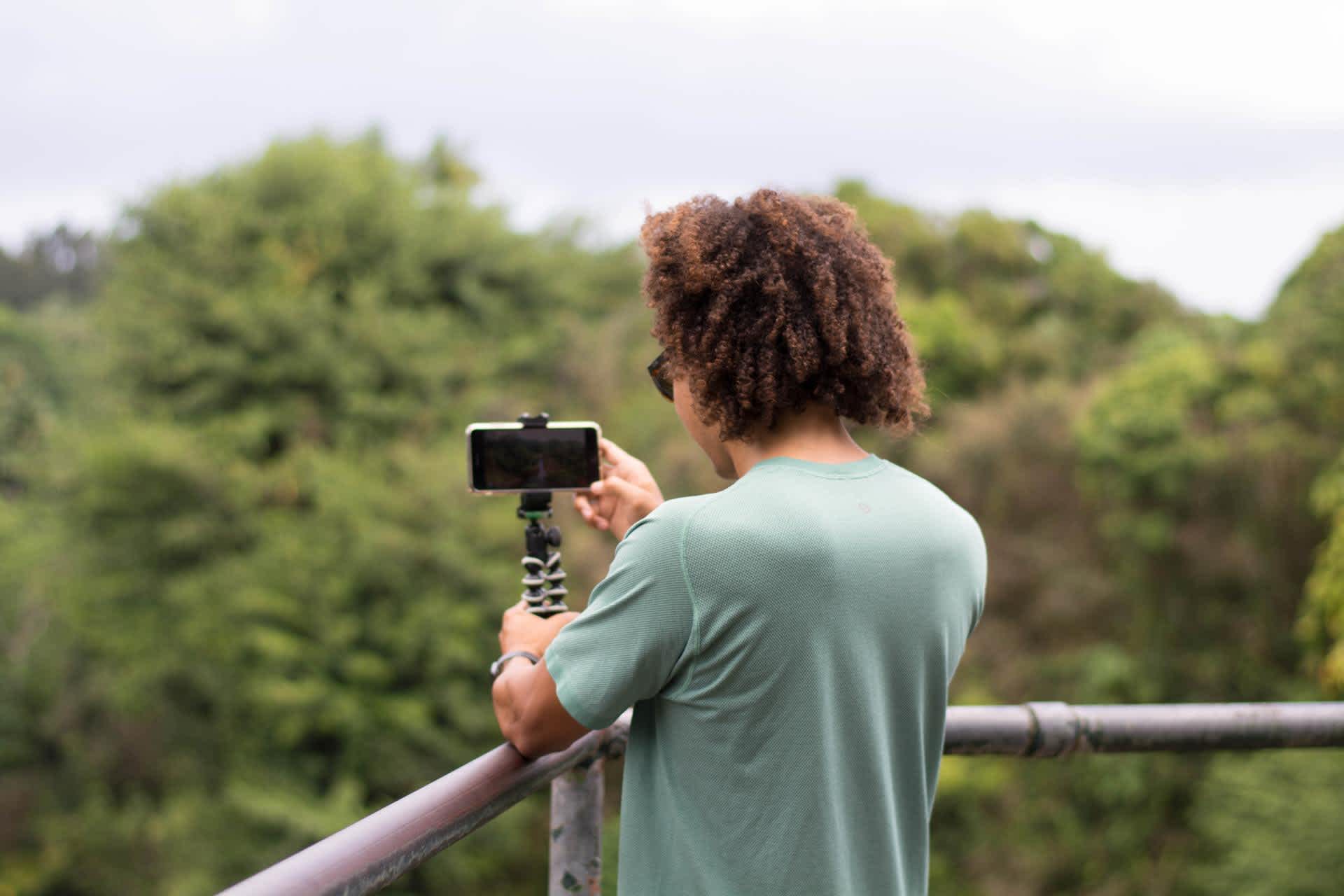
Video Backdrop
Once your filming device has been sorted, next is to find an ideal filming backdrop. A quiet room preferably with a door that you can close and a window for natural lighting is best. You don’t want to have to constantly pack up and set up your equipment when you’re finished for the day.
Top tips for DIY filming background
Remove anything that is in the room which can distract viewers.
Add some personality to the frame. A couch, picture frame, synthetic flowers in a vase or plants are great ways to dress up the set.
Struggling to find a cool background? Use Clipchamp Create’s new Green Screen filter!
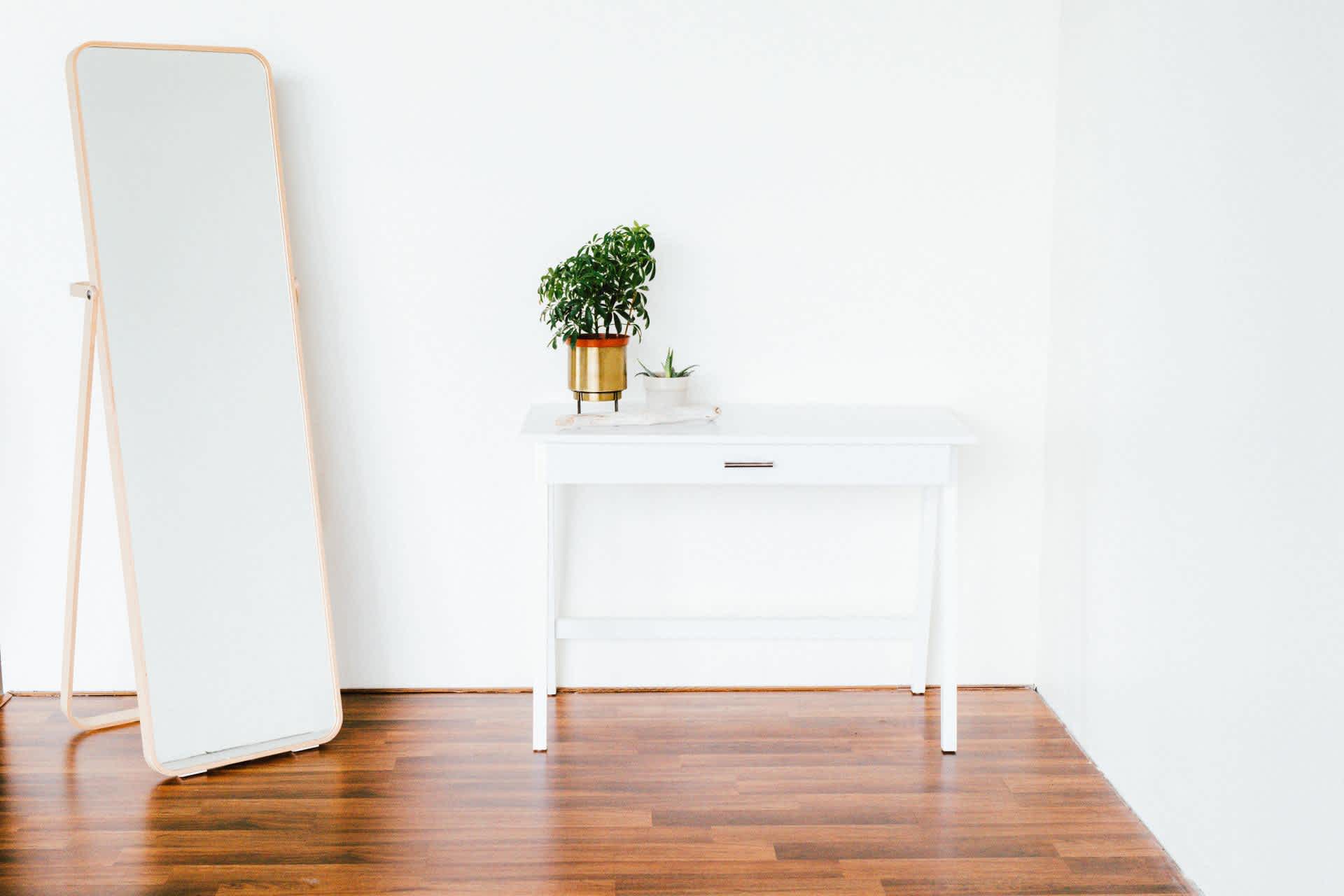
DIY Studio Lighting
Lighting plays a major part in producing a great quality video. Poor lighting will make your video look unprofessional and bad quality. Remember to always face the light source so your whole face is covered with light. Try not to have the sun behind you as your body will turn into a silhouette.
Here are some great free DIY studio lighting suggestions
Natural sunlight. Try and find a room with lots of natural sunlight beaming in.
Lamps and desk lights are a great alternative if the room has minimal sunlight.
Check out our how to film in low light solutions blog.
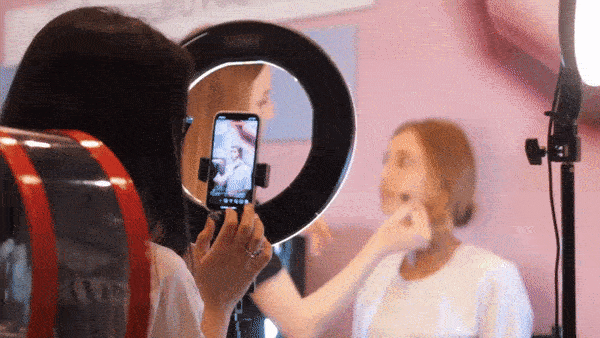
Home Studio Audio
A professional video always has great audio quality. If you are using your smartphone to film, make sure to stand close to the phone so your voice is heard clearly, and make sure your filming room is quiet, with no background noise or wind.
External microphone ideas:
If your smartphone audio isn’t doing your video justice, try using a voice over effect. Record your voice using your laptop or computer microphone then add the audio to your video in the editing process.
Smartphone microphone plugins are available if you’re filming outside with lots of background noise to compete with.
Larger budgets mean better sound quality. External microphone plugins for cameras and laptops will give you the best audio.
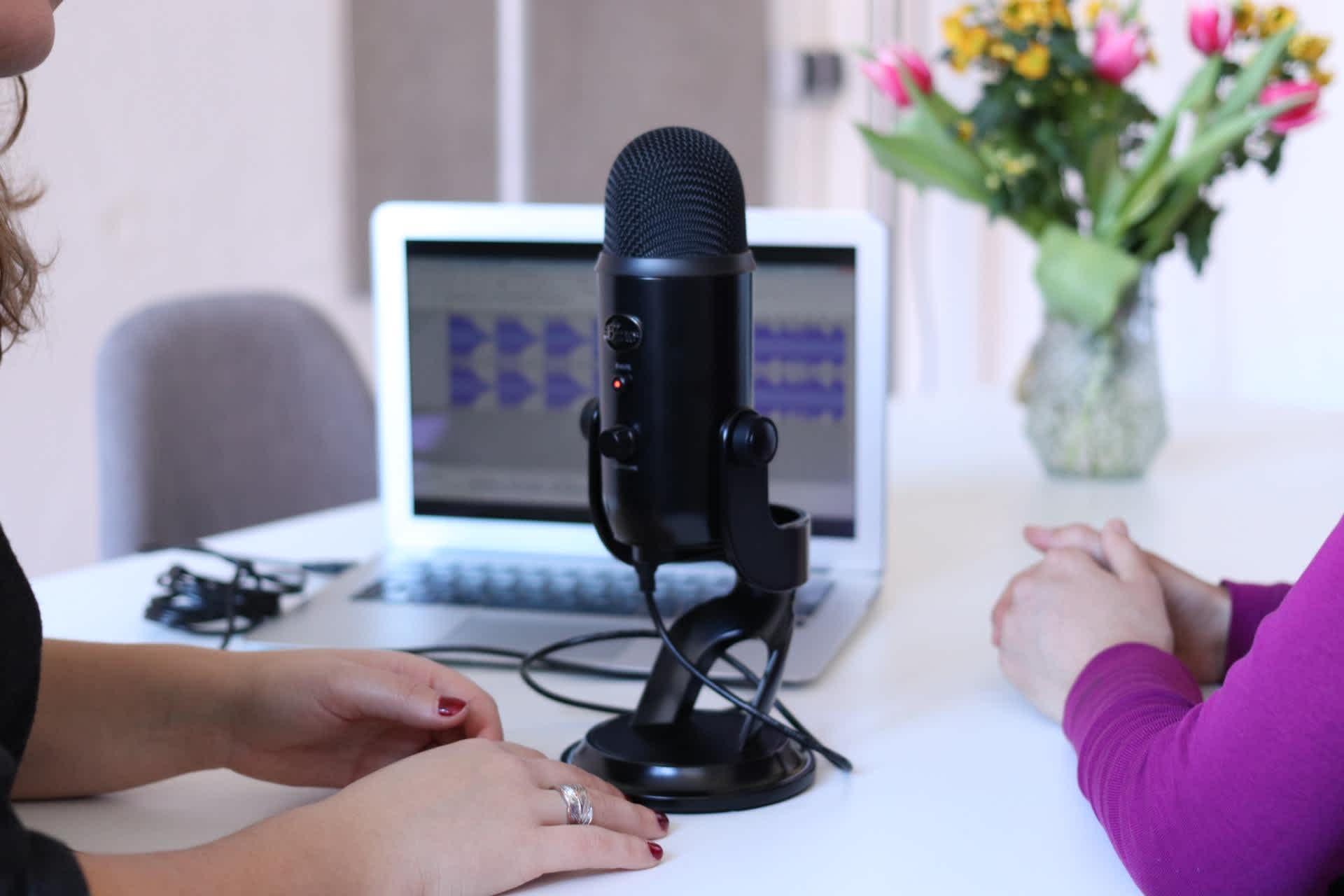
Video Editing Software
Video editing software can easily become the most expensive tool when creating videos from home. If you’re looking for a free to use editor that’s more advanced than your typical iMovie, Clipchamp would be a great program for you!
Clipchamp benefits
In browser program.
No app download waiting time or storage used.
Free to use or affordable subscription based options.
Includes video editor, video compressor, video converter and webcam recorder.
Free to use stock footage and audio.

Having trouble editing?
Here’s our easy to follow, step by step guide on how to edit a video for beginners!
